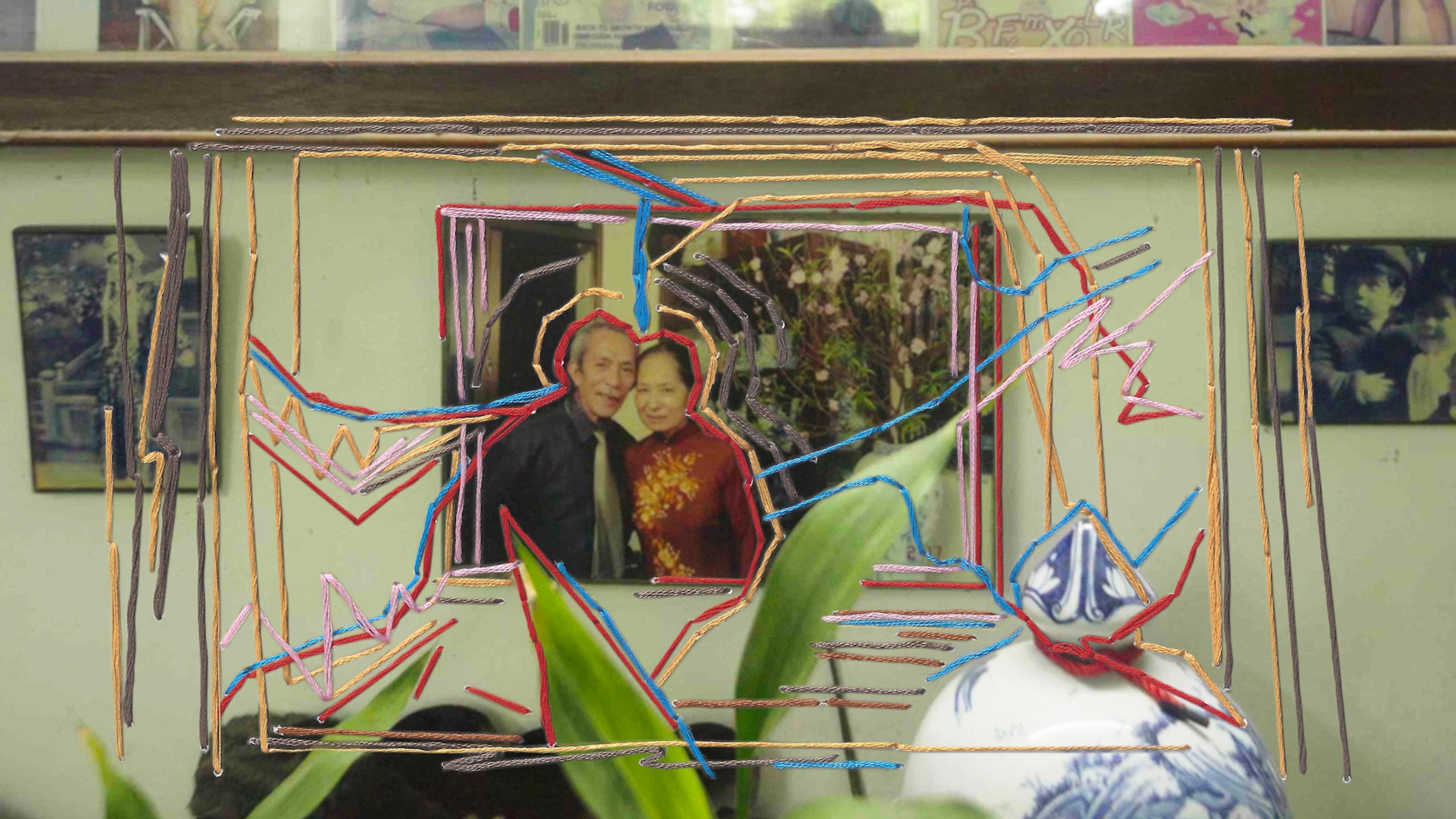Aeon Video has a monthly newsletter!
Get curated editors’ picks, peeks behind the scenes, film recommendations and more.
The American Museum of Natural History grapples with its most controversial piece
The ‘Equestrian Statue of Theodore Roosevelt’ was commissioned by the City of New York to stand in front of the American Museum of Natural History in 1925, and was finally unveiled to the public in 1940. A co-founder of the museum and avid outdoorsman, Roosevelt’s commitment to conservation was reflected in many of his policies as president, including the vast expansion of national parks, forests and monuments. But despite his contributions to the field of natural history, the statue – depicting a horseback Roosevelt flanked by a Native American figure and an African figure – has been controversial for decades, with detractors arguing that it’s a monument to white supremacy. Further complicating its symbolism are Roosevelt’s recorded views on race, which were in some ways progressive for a white man of his time, but would today be condemned as unequivocally racist.
Released by the American Museum of Natural History in 2019 – prior to the institution’s decision to remove the statue in the wake of the George Floyd protests in June 2020 – this short film was created to help contextualise the work for museum visitors. Leading scholars in the fields of art, history and African and Native American studies weigh in on the sculpture’s intended and perceived meanings – alongside museum visitors, many of whom are relaying their first impressions of the monument. The resulting short is captivating both as a history and as a reading of the wider cultural moment, in which institutions are being forced to grapple with their legacies, and governments are reassessing who and what should be celebrated in public spaces.
Director: Reniqua Allen
Website: American Museum of Natural History

video
Illness and disease
Humanity eradicated smallpox 45 years ago. It’s a story worth remembering
25 minutes

video
Art
When East met West in the images of an overlooked, original photographer
9 minutes

video
Values and beliefs
Why a single tree, uprooted in a typhoon, means so much to one man in Hanoi
7 minutes

video
Meaning and the good life
Leading 1950s thinkers on the search for happiness in trying times
29 minutes

video
Archaeology
What’s an ancient Greek brick doing in a Sumerian city? An archeological investigation
16 minutes

video
History
From Afghanistan to Virginia – the Muslims who fought in the American Civil War
22 minutes

video
War and peace
A frontline soldier’s moving account of the fabled ‘Christmas truce’ of 1914
12 minutes

video
War and peace
‘She is living on in many hearts’ – Otto Frank on the legacy of his daughter’s diary
12 minutes

video
Human rights and justice
When a burial for slave trade victims is unearthed, a small island faces a reckoning
29 minutes